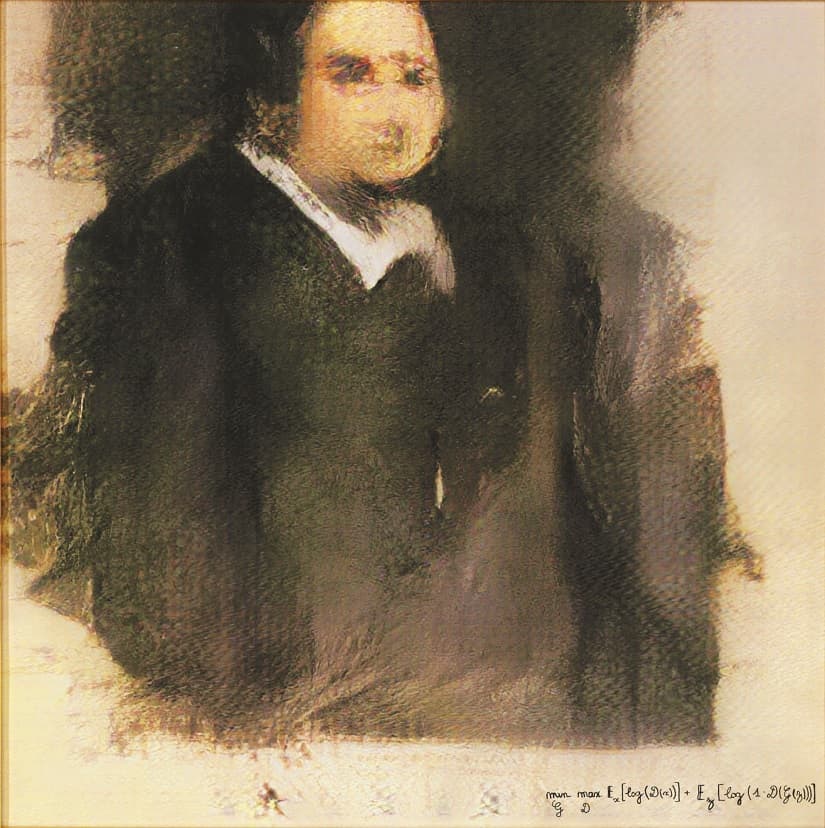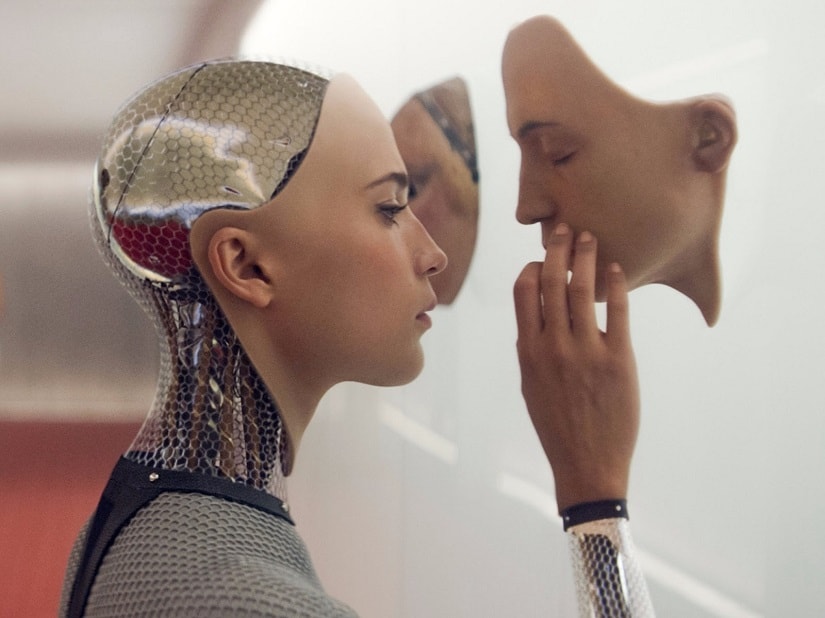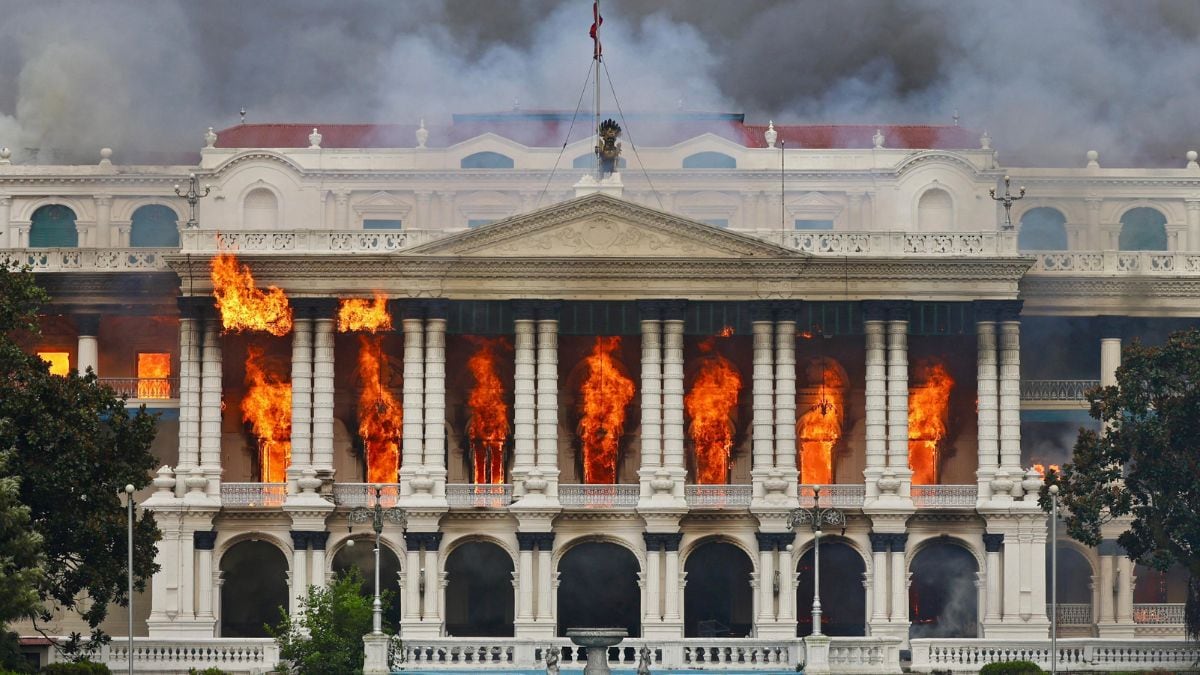Joining the Dots is a weekly column by author and journalist Samrat in which he connects events to ideas, often through analysis, but occasionally through satire *** Last week, a video went viral on social media around the world. It shows a robotic arm picking up a bowling ball, spinning its arm around, and hurling the ball down the lane at speed, sending all the bowling pins flying. It soon emerged that the very real-looking video was in fact fake, the work of a motion graphics designer who had hash-tagged it with words such as animation, rendering and CGI to indicate that it was computer-generated, before sharing on social media. Nonetheless, from the reactions it was clear that not everyone picked up the clues; many if not most people thought it was real. The impossibility of distinguishing between fake and real in images and videos is an everyday occurrence now, something we just have to live with. Even as we spend more of our days staring at screens of various sizes, we increasingly cannot tell if what we are looking at, whether word, image, or video, is a depiction of reality or the creation of someone’s imagination. It’s going to get more interesting soon. Last year, in October, a painting titled “Portrait of Edmond de Belamy” created by an AI was sold by Christie’s in New York for $432,000 (close to Rs 3 crore). Earlier this year, Sotheby’s hosted an auction of an AI artwork. It didn’t get anywhere near the price of the first Christie’s piece, fetching only £40,000 (around Rs 35 lakh) — but that’s not the point. The point is that AI systems are creating artworks that are deemed good enough and interesting enough to be auctioned by Christie’s and Sotheby’s. It’s no longer only human imaginations we have to contend with. [caption id=“attachment_6963831” align=“alignnone” width=“825”]  Portrait of Edmond de Belamy auctioned by Christie’s. Image via Wikimedia Commons[/caption] This year also saw the publication (by academic publisher Springer) of a research book on lithium-ion batteries authored by a bot. And OpenAI, a company backed by Elon Musk among others, released a paper on a system that can generate what they called “deepfakes for news”, or “high-quality fake news”. They did not release the code because they thought it would be too dangerous to do so. Technology seems already to be getting to the point where it is able to generate images and text that at least the vast majority of humans would be unable to distinguish from the work of other, expert humans — artists and writers. Video will follow. Our perception of what’s real and what’s not is obviously going to be challenged in years to come. We may not want to acknowledge this, but the signs are clear enough. We also don’t want to acknowledge that, like climate change, the revolution in robotics and AI will in fact disrupt life as we know it. For starters, it’s obvious that if AI systems are smart enough to create art and write books and news reports, beat the best in the world in chess, win quiz shows such as Jeopardy and the board game Go, they’re also smart enough to do a lot of less challenging tasks. Agriculture was the principal occupation of most people around the world for thousands of years. That began to change with the Industrial Revolution, though the shift has been gradual. According to World Bank data, in 2018, in countries it classifies as High Income, only 3 percent of total employment was in agriculture. The corresponding figure for Middle Income countries was 30 percent, and for Low Income countries was 63 percent. The idea has generally been that as economies develop, people move out of agriculture into other sectors such as manufacturing and services. In the developed world, employment in industry has also seen a fairly steady downward trend since 1990 at least. The services sector has been the growth area; for instance, in the European Union, in 2018, employment in services accounted for 72 percent of the total. In North America the corresponding figure is 79 percent. [caption id=“attachment_6963841” align=“alignnone” width=“825”]  It’s obvious that if AI systems are smart enough to create art and write books and news reports, beat the best in the world in chess, win quiz shows and board games, they’re also smart enough to do a lot of less challenging tasks. Still from the film Ex-Machina. Image for representation only[/caption] Retail, transport, banking and telecom are important examples of industries in the service sector. All are seeing increasing automation. For instance, in London, the big retail chains such as Sainsbury’s and Marks & Spencer’s already have plenty of self-checkout counters. There are that many fewer workers in each store. Self-driving cars are already a thing; the day when Uber taxis drive themselves, at least in countries where traffic rules are followed, is not far. A lot of buying and selling of shares in the stock market is already being done by algorithms. They’ll come for banking jobs too, as they will come for routine customer service and call centre jobs in telecom. Also on Firstpost — The future according to Yuval Noah Harari: The historian on the 21st century's biggest challenges, and how to face them The logic of companies is finally driven by two words: efficiency and profit. When tireless bots, algorithms and robots can do jobs without errors, without complaints, without holidays and sick leaves, and most importantly, without salaries, you can be sure that as soon as costs and availability permit, the technologies will be adopted. A future in which automatons do most of work as we know it is nigh. Since work is either physical or mental, and the automatons will increasingly be capable of both, it will be difficult if not impossible for most humans to move to a higher niche in the job market. The question is who all the work will be for. The trouble with robots and algorithms is they don’t need to buy stuff; only humans do. A professional optimist might conceive of a future where the machines do most of the work while we humans get a universal basic income in our bank accounts so that we can buy things and keep the whole economy running. This is wonderful, but it leaves us with an even bigger question. We are finally confronted with the idea of freedom, and that is a frightening thought for most. Our days and our lives at present are given structure by work. People value themselves and others by designations and salaries. They live eight hours a day, five days a week, most weeks of the year, for most of their lives with work. Their youths are spent in preparation for this; education is motivated and directed in large measure towards gainful employment. With gainful employment out of the picture, would so many people be interested in studying for 16 or more years of their lives, at considerable expense? Perhaps, as professional optimist Karl Marx remarked, it will be possible, finally, for everyone “to do one thing today and another tomorrow, to hunt in the morning, fish in the afternoon, rear cattle in the evening, criticise after dinner…without ever becoming hunter, fisherman, herdsman or critic,” though the hunting, fishing, and cattle-rearing may have to be done virtually, and the criticism may be bereft of even the semblance of education now seen on social media and in comments sections. The professional pessimist version of this scenario is too dark to paint. Samrat is an author, journalist and former newspaper editor. He tweets as @mrsamratx
A future in which automatons do most of work as we know it is nigh. Since work is either physical or mental, and the automatons will increasingly be capable of both, it will be difficult if not impossible for most humans to move to a higher niche in the job market.
Advertisement
End of Article


)

)
)
)
)
)
)
)
)



